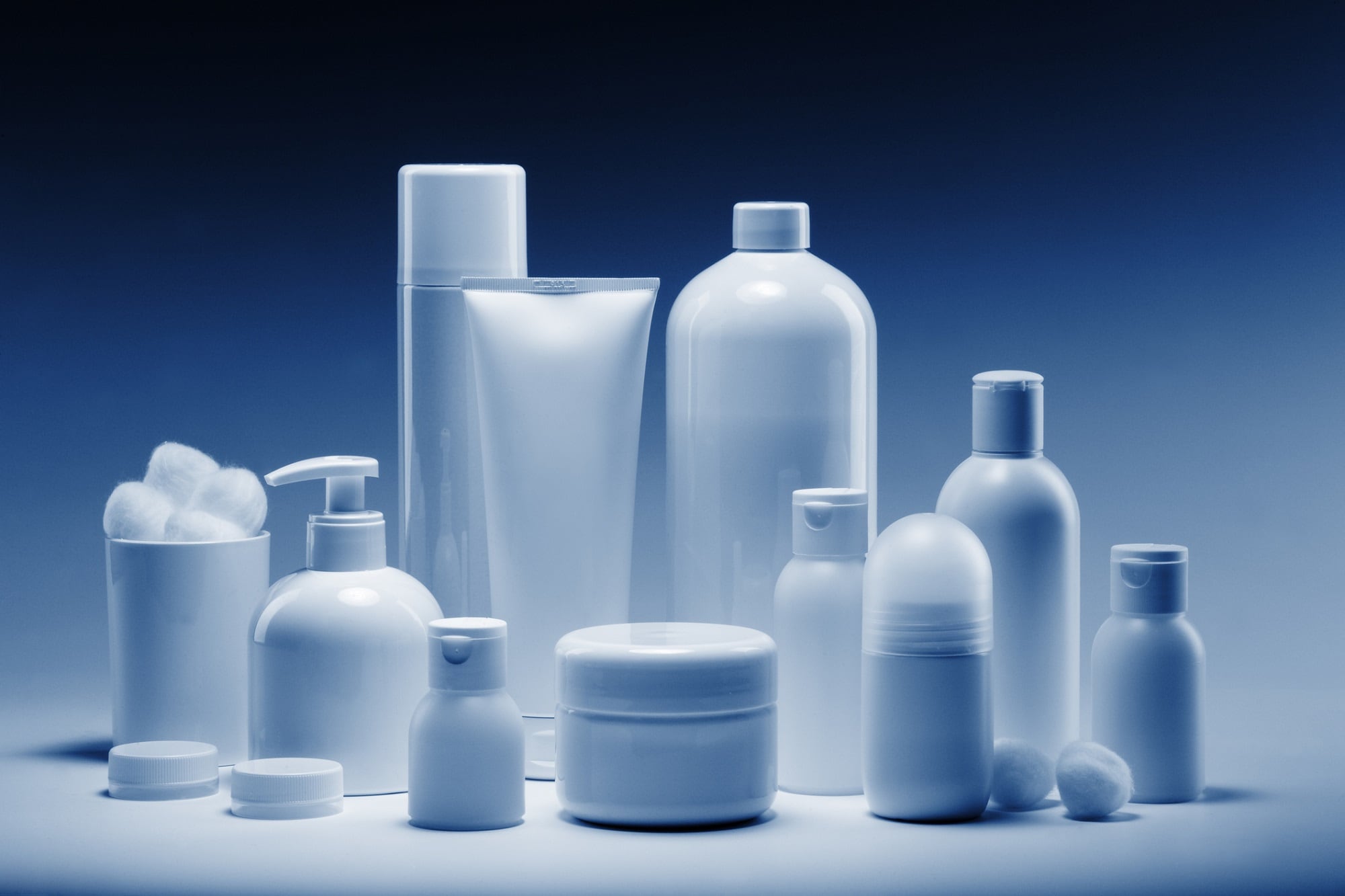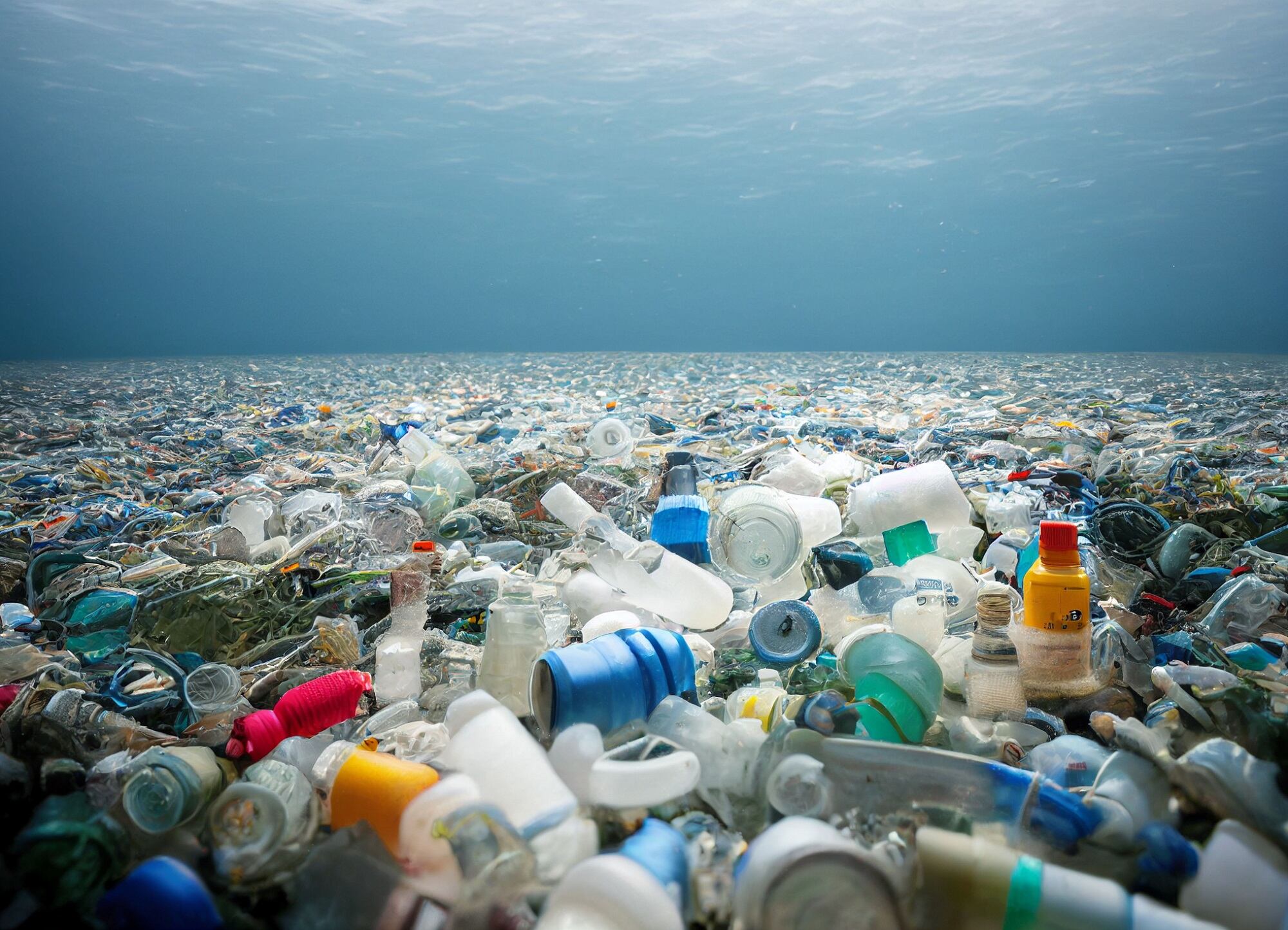For cosmetics and personal care product manufacturers and suppliers, navigating the intricate web of state regulations is a crucial concern for manufacturers and suppliers alike. With a number of states enacting prohibitions or restrictions on various ingredients, the regulatory landscape has evolved into a complex patchwork, demanding careful attention and strategic planning.
From bans on formaldehyde releasers to restrictions on per- and polyfluoroalkyl substances (PFAS), each state's approach presents unique challenges and considerations. We interviewed Surya Kundu, Associate at Steptoe LLP for her insights into the current state legislative activity surrounding cosmetic and personal care product regulations, examining the significance of key laws and their implications for industry players nationwide.
CDU: Can you provide a brief overview of the current major state legislative activity regarding cosmetic and personal care product regulations?
Surya Kundu (SK): At least 20 states have placed prohibitions or restrictions on cosmetics ingredients. The significant variations across these laws have created a patchwork of laws for brands/manufacturers to navigate – including in terms of what substances are being targeted (e.g., color additives; metals like cadmium, lead, and mercury; phthalates; parabens; per- and polyfluoroalkyl substances (PFAS); formaldehydes; and more).
The variations also layer on top of each other – there are often major differences even among laws that address the same substance/category of substance, there are often huge variations. One common variation involves prohibitions on children’s products vs. across all cosmetics products.
For example, Minnesota prohibits formaldehyde in children’s personal care products (including kids cosmetics) but does not have similar prohibitions on cosmetics for adults whereas other states like CA and MD have broader formaldehyde restrictions across cosmetics products for all ages. States may also set different allowable levels for restricted ingredients. There are also key differences in how states define the scope of their prohibitions.
For example, multiple states have passed or proposed laws restricting intentionally added PFAS substances in cosmetics. Maryland’s law applies to 13 specified intentionally added PFAS compounds and their salts. California had also banned the same 13 PFAs compounds and their salts (when intentionally added), but in Sept. 2022 passed AB 2771 and expanded the ban across the entire class of PFAS, becoming the second state after Colorado to have such a sweeping restriction on intentionally added PFAs in cosmetics.
Notably, while many state laws restricting/prohibiting cosmetics ingredients only apply to intentional additions – there are important differences between how that term is defined. This already complex landscape may only get more complicated as more states propose and potentially pass additional laws.
While this is focused on laws restricting/limiting ingredients, it’s also important to pay attention to ingredients disclosure/reporting laws – California’s Prop 65 is one of the most notable examples, requiring labeling warnings on consumer products about potential exposures to substances considered carcinogens or reproductive toxins by the State of California. The state maintains an extensive (and growing) list of these compounds, and provides for a private right of action allowing consumers to bring lawsuits based on their alleged presence.
CDU: What is the significance of MoCRA’s preemption clause?
SK: MoCRA’s preemption clause is notable in both what it does and doesn’t preempt.
Broadly speaking, states or local governments may not establish or continue to enforce cosmetics related laws/regulations that differ from (or are more restrictive than) MoCRA’s provisions for: registration and product listing, recalls, adverse event records keeping and reporting, safety substantiation, and good manufacturing practices (note: pursuant to MoCRA, FDA is developing and must issue regulations – the statutory deadlines are Dec. 29, 2024 and Dec. 29, 2025 for the proposed and final rules respectively but TBD as to whether that will be pushed back).
States are NOT preempted from limiting or outright prohibiting ingredients/amount of ingredients, OR from enforcing any ingredients reporting requirements that were in effect at the time MoCRA was enacted. Practically, this means, states are still able to pass and enforce their own rules as to what goes into a cosmetics product – including all the new bans and restrictions we’ve seen passed or proposed.
CDU: What states currently have bans in place for formaldehyde releasers, PFAS, preservatives, and animal testing, and how are those bans being enforced?
SK: At least 11 states (including CA and NY) have some kind of restriction on selling/offering for sale cosmetics products involving animal testing, but with important variations across when the laws take effect, what kinds of exemptions apply, and for existing products – the last permissible date any animal testing could have occurred. Most laws carry monetary fines and are intended to be enforced by state enforcers (AGs, DAs, etc.).
At least five states restrict formaldehyde substances in some way – including MN’s ban on children’s personal care products, OR’s limits on formaldehyde and formaldehyde releasing agents, WA’s broad ban, and CA and MD’s restrictions on certain substances in this class.
“Preservative” is a broad and blurry category – it can include many different compounds, and depends on the type of product and how that compound is being used.
PFAS – At least seven states have bans/restrictions on intentionally added PFAs compounds in cosmetics, with key variances across the scope of the restriction (specified PFAS compounds vs. entire class), definition of “intentionally added”, date the bans take effect, and more. These laws have not yet taken effect, with the earliest ones set to take effect in Jan 2025 (CA, CO, MD, MN, WA) so TBD on what approaches the states take.
In general, also important to note that cosmetics ingredients are popular target for private litigation, often brought as class actions under general state consumer protection, false advertising, and/or deceptive business practices suits.
CDU: How will enacted legislation like Cali AB 2762 and Washington HB 1047 set precedents for other states to follow suit with their own regulatory actions, or influence proposed legislation like NY S4265?
SK: It really varies. Some states clearly look to and reference other existing regulations in other jurisdictions when proposing and passing cosmetics ingredients laws.
For example, MD’s HB 643 prohibitions on cosmetics ingredients targeted the same substances as California’s previously enacted AB 2762. However, other states took different approaches – including CO when it passed its broader PFAS prohibitions across the entire class of compounds.
Note that in Sept 2023, CA also expanded its prohibition on PFAS in cosmetics to the entire class with the passage of AB 2771. Other states have also proposed, and many have passed, cosmetics ingredients laws – so indications are that despite some overlaps and similarities, in the absence of federal unifying standards, the patchwork quilt will remain in place.
CDU: How should cosmetics and personal care product manufacturers and suppliers with nationwide distribution navigate individual state regulatory requirements to ensure compliance?
SK: It’s definitely a huge practical challenge. Staying informed is a crucial first step – track existing and proposed laws across all markets where your products are sold and/or will be introduced (and pay attention to variations like additional restrictions for children’s products). Counsel can help with this.
Also important to have a strong internal team that knows your products and ingredients, has established clear communication across supply chains, and is otherwise prepared to take action. Be proactive about substantiation – including tracking across the supply chain and obtaining testing/certifications/and other documentation as necessary. Then you have to make choices that make sense for your business – sometimes, complying with the most restrictive standard makes sense.
Other times, limiting product sales or developing alternate formulations might be more practical. Finally, given the dynamic nature of this area, consider getting involved in industry groups and the legislative process. Counsel can help identify opportunities and, if appropriate, taking steps like submitting comments or other types of participation.





